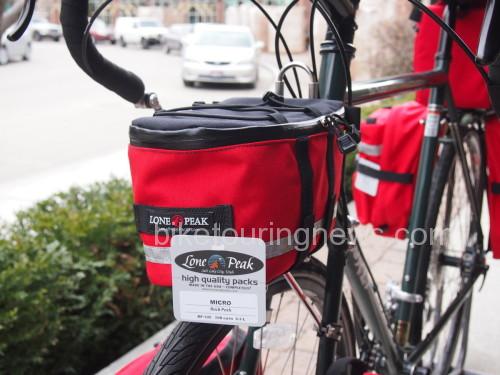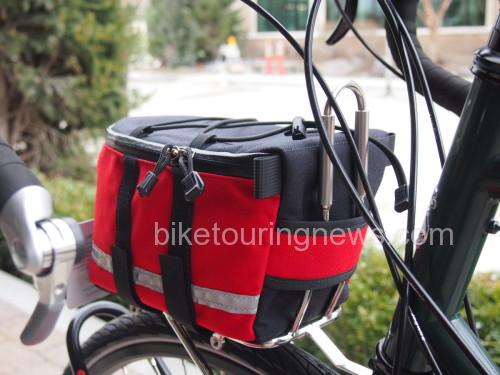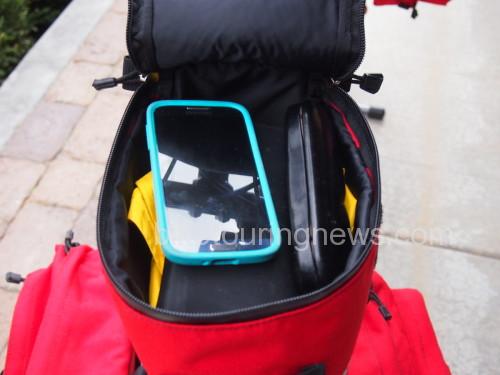It’s early morning in Moab, Utah when the still air is violated by the sound of a small explosion and the clang of scraping metal. My friend’s rear wheel has come apart and is a twisted jumble of aluminum rim, steel spokes and rubber. For the first time, I realize that soft rubber brake pads can wear through metal. Sand and other grit in a slurry with oil and who knows what other chemicals get embedded in the pads and act like a grinding disc to wear away at the relatively soft aluminum braking surface of the rim. Once the braking surface becomes too thin to provide structure to the rim, the forces of the tire bead can blow it apart. Here is a visual example of what I am talking about.
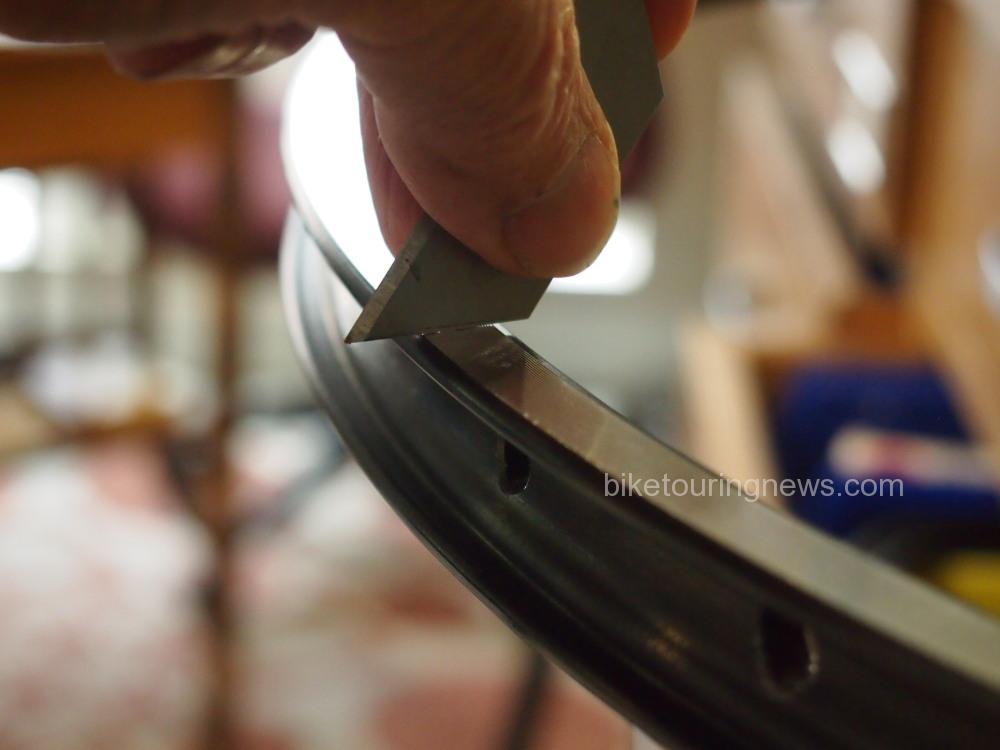
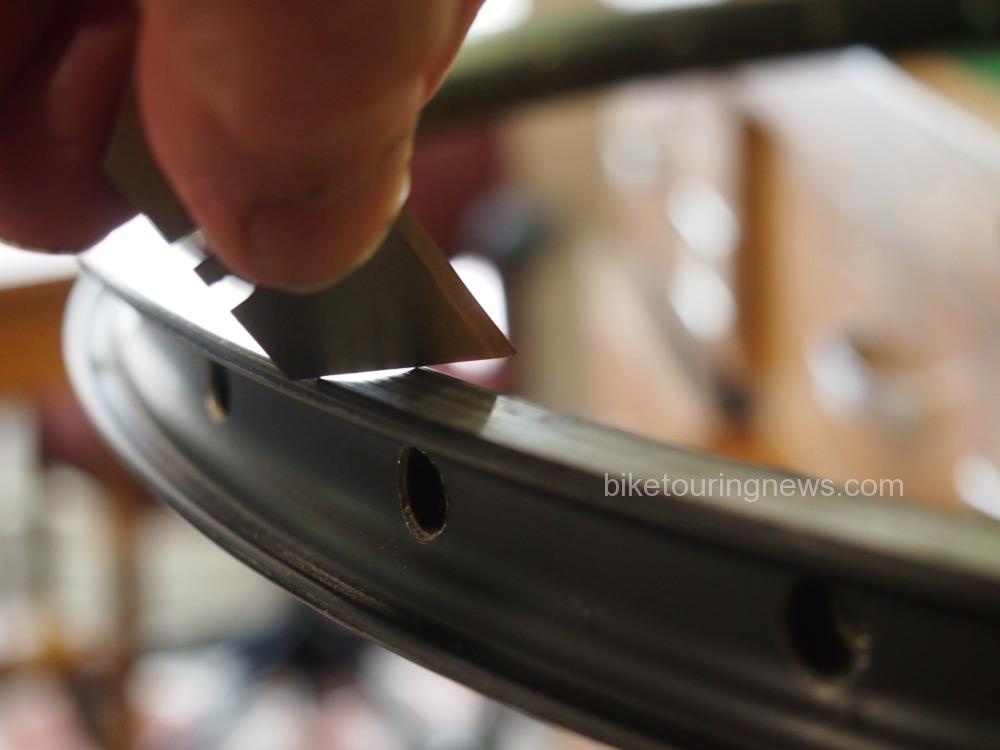
The concavity of the worn rim is visually apparent, but it can also be felt by the fingertips. Lots of times this is just a judgment call. Some rim makers machine a groove in the circumference of the rim’s braking surface and others create three or four small dots or indented holes at intervals around the rim. Once these indicators are no longer visible it is time to replace the rim.
Check your rim brake bicycle’s rims. If the braking surface feels like it has a little concavity to it, replace it before you go on the next long tour.

